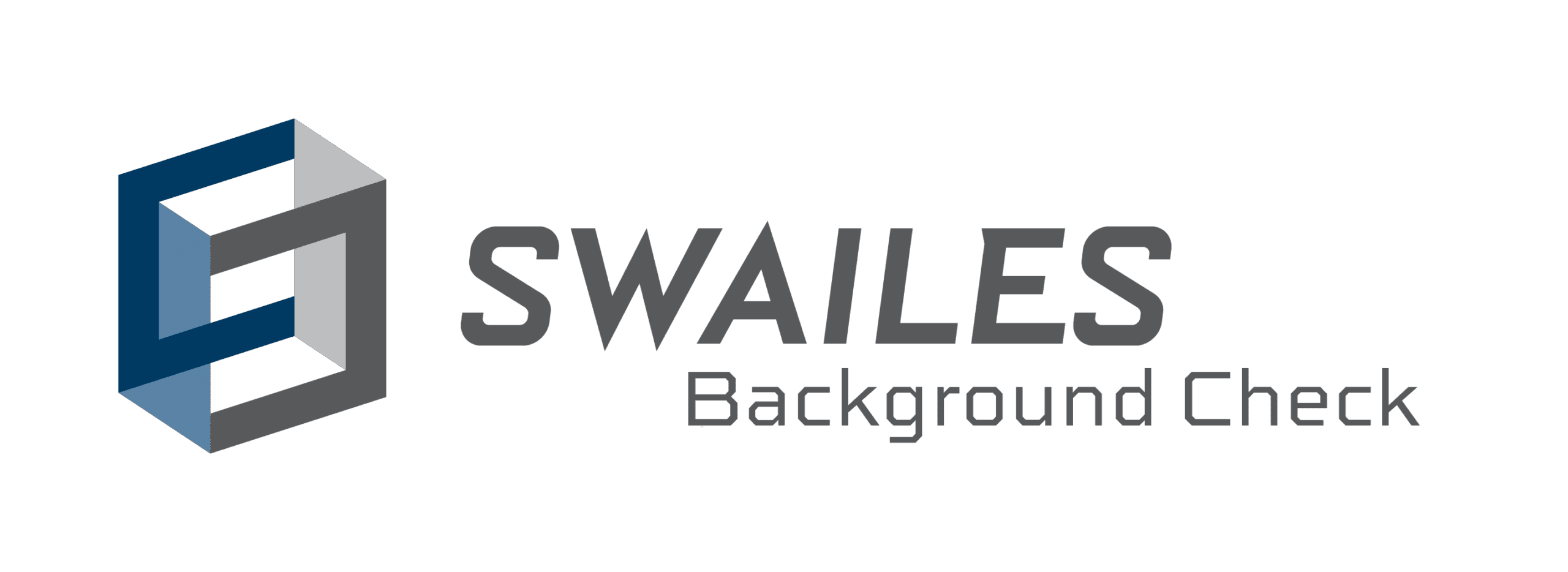Are Your Background Checks Addressing Hybrid Work Models And Other Structural Changes?
How can today’s hybrid and other evolving work models impact your current employment screening process? Whether you’re currently hiring new people, or simply redesigning flexible work arrangements to accommodate current employees, it’s good to be knowledgeable about the different hybrid and other evolving work models out there. It’s also important to be aware of the potential pitfalls they pose for your business. Being aware of these will help you create a more robust employee screening program for your company’s new work model. So, let’s start with the basics.
What is a Hybrid Work Model?
A hybrid work model is defined by a combination of on-site and remote work. These models may or may not be flexible. For example, some companies with an employee-driven model may allow the workers to decide how many hours they spend working from home versus how many they spend working from the office. However, a hybrid work model can also be more structured, where the company splits its workforce into segments and dictates which ones will work remote and which ones will work onsite.
While there are some companies that have been able to successfully implement one of these two well-defined models, many others have gone with more blended work solutions that fall somewhere in the middle. Hybrid work models like these allow for a greater amount of flexibility. As such, the variations of hybrid work models between companies are endless, since every business and its employees have different needs.
While these novel and creative work models have saved countless businesses, they have also exposed many of them to unrealized risk. These kinds of ad hoc solutions, driven by crisis, often result in blind spots. This happens simply because there was not enough time to think through their design and put the appropriate protective measures in place. These blind spots are often only realized after the damage has been inflicted. For this reason, it’s imperative that hybrid and other evolving work models come with updated company policies and security measures in place regarding employee work arrangements. This includes having a solid background check program. To help reduce some of these risks here are some blind spots to be aware of:
More Access With Less Supervision
Some employees who now work remote have more freedom accessing confidential company information and with less oversight than they did before. It’s therefore a good idea to make sure employees working from home have access to only the information they need to do their job, and that you have a process to audit their data usage and activities. Allowing work-from-home employees to utilize their personal computers, tablets, external drives, cell phone and any other devices they own is typically risky for your business and strong consideration should be given to prohibit this practice.
New Job Duties
As your company’s business model changes, make sure to reassess your employees’ job descriptions carefully & identify any changes in their responsibilities. There are a number of employment situations that would lead to a change in a worker’s duties, warranting a new background check. For instance, if your company downsized and reassigned job duties to another employee then the person taking over that particular job duty may need to be backgrounded again depending on their new job responsibilities.
A good example would be employees who move into a position, or take over responsibilities that are considered “sensitive,” such as a new finance role, an expanded sales manager’s role, broader access to IT systems or R&D data, or a new HR role requiring unfettered access to employee PII data. These new roles and employees should be reassessed for updated screening. Another scenario worth mentioning is any employee whose responsibilities will now include driving on behalf of the company. Will they be delivering goods/services or driving a company car now? Drug screening and a background check that includes their driving record is necessary for everyone’s safety as well as the company’s liability. The scenarios are endless, but suffice it to say, new job duties should be reassessed for risk.
Upskilling
Another situation to keep an eye out for is employee upskilling. Many companies have incorporated upskilling into their evolving work models, making the financially-prudent decision to provide more training to a current employee instead of hiring someone new. In a situation like this, determine what the upskilled employee’s new job duties will include and consider a background check when warranted. For instance, if your assessment indicates they would have access to financial systems now, this may call for a credit history check, recent bankruptcy filings, liens, judgements, etc.
Temporary/Contractor/Gig Workers
Many companies with changing work models are now opting for more cost-effective workforce solutions. When contractors, freelancers, temporary or gig workers are utilized, then a background check should always be conducted. They should be screened just like any other full-time employee working directly for your company would be.
When your business needs assistance with employment screening, criminal checks, FCRA compliance, drug screening, education and employment verification, driving records (MVR), credit checks or social security number validation, contact the Swailes Background Team to get quickly signed up.

